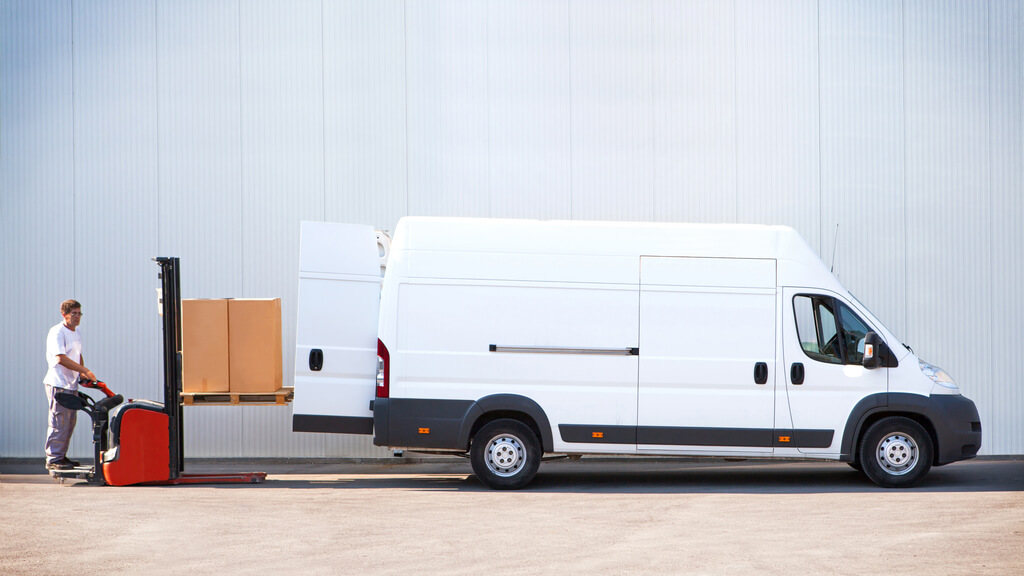A Practical Guide To Moving Your Business In The UK

With the recent rise in hybrid working models and the growing emphasis on sustainability in business operations, many companies across the UK are reevaluating their physical locations.
Whether you’re moving to accommodate growth, reduce overheads, or better serve your customers, a successful relocation requires careful planning and execution.
Planning the Setup
Before you even think about the removal vans, thorough planning is crucial. Start by assessing your current and future business needs. This should include considerations such as the size of the new premises, location benefits (like proximity to clients or suppliers), and access to transport links. Another key factor is cost. Relocation may involve upfront expenses such as new rent, legal fees, and insurance, so it’s important to factor these into your budget early.
Equally important is ensuring compliance with local regulations. Depending on the type of business you operate, there may be specific rules regarding zoning, environmental standards, or employee welfare that need to be addressed before making the move. Engaging with local authorities early can help smooth the way for your transition and prevent any unforeseen compliance issues.
If you’re downsizing, consider how you’ll make the most of a smaller space, and if you’re upsizing, ensure that future growth is accommodated without needing another move soon.
Design
The layout and design of your new office should reflect not only your brand but also the operational needs of your business. With more companies offering flexible working arrangements, including hybrid or remote work, it’s worth thinking about how you can make your new space adaptable. Open-plan designs that encourage collaboration alongside quieter areas for focused work are becoming increasingly popular.
Consider sustainability in your design choices. Many companies are now opting for energy-efficient lighting, sustainable materials, and smart technology to manage resources more effectively. These decisions can reduce long-term operating costs and align your company with the UK’s broader sustainability goals.
Involve Employees
Moving office can be disruptive, so keeping your employees informed and involved in the process is essential. From the outset, maintain clear and open communication about the timeline, reasons for the move, and how it will impact their working day.
Allowing staff to have a say in the design and layout of the new workspace can increase engagement and help ease the transition. Consider running workshops or surveys to gather their feedback on key aspects such as seating arrangements, breakout areas, and technology requirements.
This will not only make them feel valued but also ensure the new office meets the practical needs of your workforce.
Removal of Office Furniture
One of the final steps in the relocation process is physically moving office furniture and equipment. For larger companies, this can be a complex task involving multiple departments and significant quantities of furniture. Hiring a professional removal service is often the most efficient way to handle this, but it’s crucial to work with a company experienced in commercial moves.
Depending on the scale of the move, you might also need to hire shipping containers to temporarily house furniture or files that won’t immediately be needed in the new office. This can prevent overcrowding during the setup phase and give you more time to plan the layout properly. Ensure that all sensitive documents are stored securely, in compliance with data protection laws.
Additionally, it’s worth taking this opportunity to assess which furniture and equipment are necessary to bring to the new location. Items that are outdated, broken, or redundant should be recycled or donated, helping to reduce waste and make your office more sustainable.




